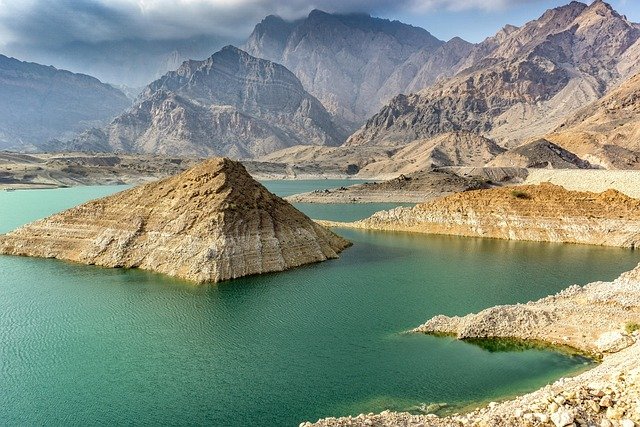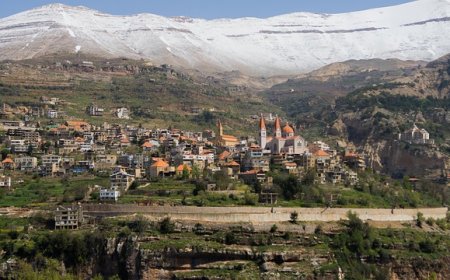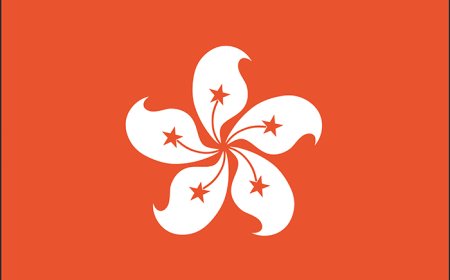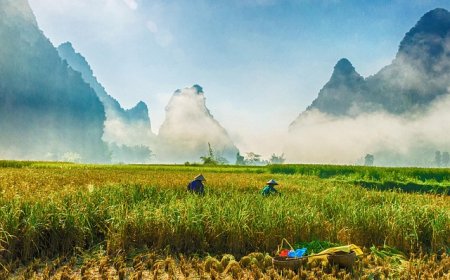Oman for Students: Discover the Geography, Culture, and History of the Arabian Peninsula
Explore Oman’s deserts, mountains, and rich traditions in this student-friendly article with vocabulary and a fun quiz.

Oman: Mountains, Deserts, and the Legacy of Seafaring
Introduction
Oman is a peaceful country on the southeastern coast of the Arabian Peninsula. Known for its dramatic mountains, golden deserts, and long coastline, Oman has a history of explorers and traders who sailed far across the Indian Ocean. Today, Oman is a place where ancient traditions blend with modern life, and its people are proud of their heritage and hospitality.
Geography and Landscape
Oman borders Saudi Arabia, the United Arab Emirates, and Yemen. It also has long coastlines along the Arabian Sea and the Gulf of Oman.
The land is incredibly diverse. In the north, the Hajar Mountains rise steeply, with the highest peak, Jebel Shams, reaching 3,009 meters (9,872 feet). In the south, the Dhofar region has green hills that catch monsoon rains, turning the landscape lush and full of flowers in summer.
The central part of the country is covered by the Rub’ al Khali, or Empty Quarter, one of the largest deserts in the world. Along the coast, there are sandy beaches, cliffs, and coral reefs.
Oman has a hot desert climate, with cooler weather in the mountains and Dhofar during the monsoon season.
Cities and Regions
The capital city, Muscat, lies along the Gulf of Oman. It is famous for its white buildings, forts, and the beautiful Sultan Qaboos Grand Mosque.
Other important places include:
- Salalah, the southern city that becomes green during the khareef (monsoon) season
- Nizwa, an old trading town with a famous round fort and souks
- Sur, a coastal city known for building traditional wooden boats called dhows
Each region has its own foods, festivals, and ways of life.
People, Language, and Culture
Oman has about 4.5 million people, with most being ethnic Arabs. There are also smaller communities of Baluchi, Zanzibari, and South Asian people. The main language is Arabic, and English is widely spoken in business and schools.
Islam is the official religion, and Omanis mainly follow Ibadi Islam, a branch that is different from Sunni and Shia traditions. Religion guides daily life, holidays, and customs.
Omani culture includes:
- Hospitality, offering guests dates and coffee flavored with cardamom
- Wearing traditional clothes, like the dishdasha (a long robe) and the kumma cap
- Storytelling, poetry, and folk music
- Sailing and trading, which have shaped Oman’s history
Food and Daily Life
Omani food is flavorful but not too spicy. Meals often feature rice, grilled meats, fish, and vegetables.
Popular dishes include:
- Shuwa, lamb slow-cooked underground for special occasions
- Majboos, rice with meat and spices
- Mashuai, grilled kingfish with lemon rice
- Halwa, a sweet dessert made with sugar, rosewater, and nuts
Dates and coffee are offered to guests as a sign of respect. People enjoy eating together, especially during holidays.
Children start school around age 5 or 6. Education is free, and students learn Arabic, English, math, science, and Islamic studies. Oman has invested a lot in schools and universities in recent years.
History of Oman
People have lived in Oman for thousands of years, trading frankincense and sailing to India and Africa. In the 1600s, Omanis created a powerful navy and built an empire that reached as far as Zanzibar in East Africa.
In the 1800s, Oman signed treaties with Britain and focused on trade. In 1970, Sultan Qaboos took power and began modernizing the country by building roads, schools, and hospitals.
Today, Oman is known for being peaceful and welcoming to visitors.
Nature and Wildlife
Oman is home to many unique animals and plants, including:
- Arabian oryx, a white antelope saved from extinction
- Sea turtles, which lay eggs on beaches
- Leopards in the mountains
- Colorful coral reefs along the coast
Nature reserves help protect these habitats.
📚 Vocabulary List
| Word | Definition |
|---|---|
| Peninsula | Land surrounded by water on three sides |
| Khareef | The monsoon season in southern Oman |
| Dhow | A traditional wooden sailing boat |
| Dishdasha | A long robe worn by Omani men |
| Shuwa | Slow-cooked lamb dish for festivals |
| Majboos | Rice dish with meat and spices |
| Ibadi Islam | A branch of Islam practiced mainly in Oman |
| Frankincense | A sweet-smelling resin used in perfumes and ceremonies |
👧🧒 Kid-Friendly Summary
Oman is a country with big deserts, tall mountains, and sunny beaches. People speak Arabic and eat dishes like shuwa and majboos. Long ago, Omanis sailed dhows to trade across the seas. Today, Oman is peaceful, modern, and proud of its traditions.




















































